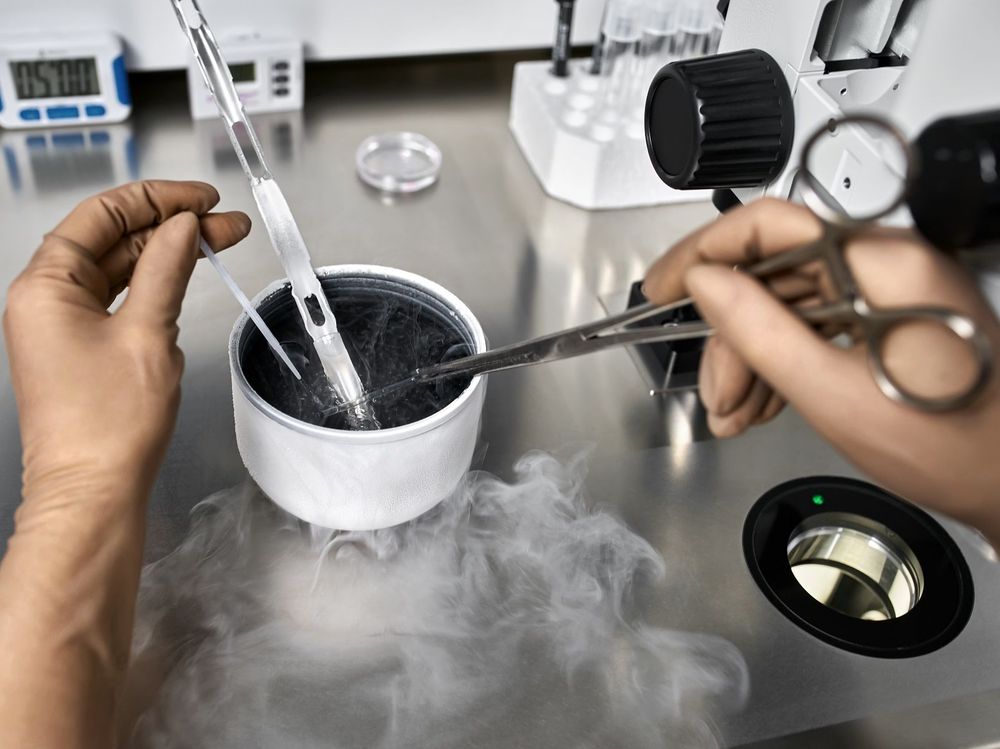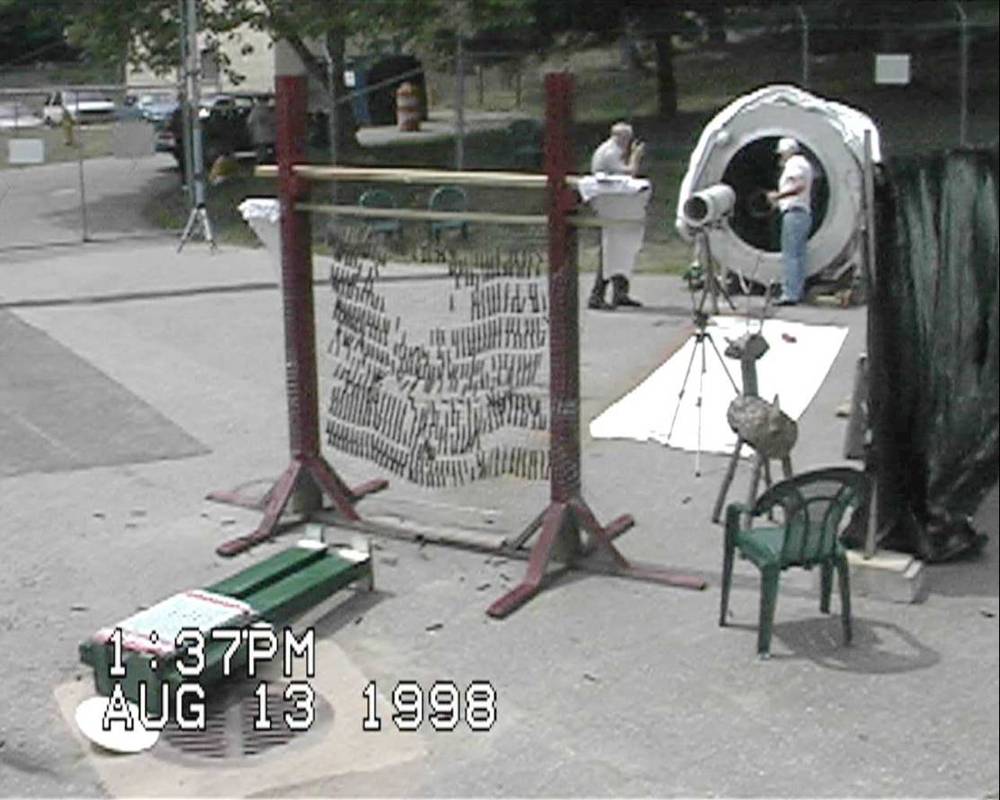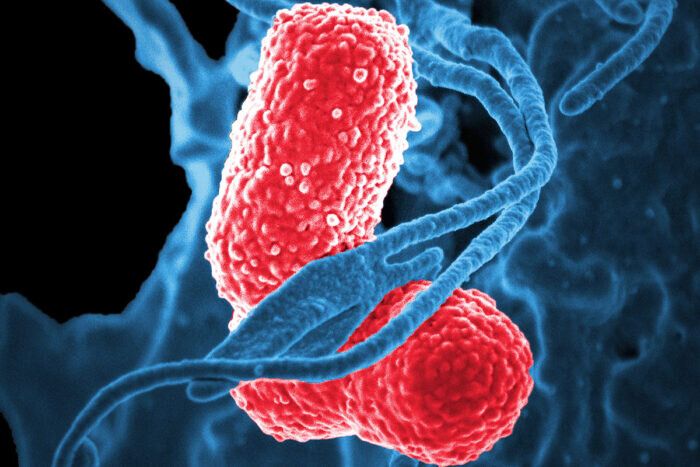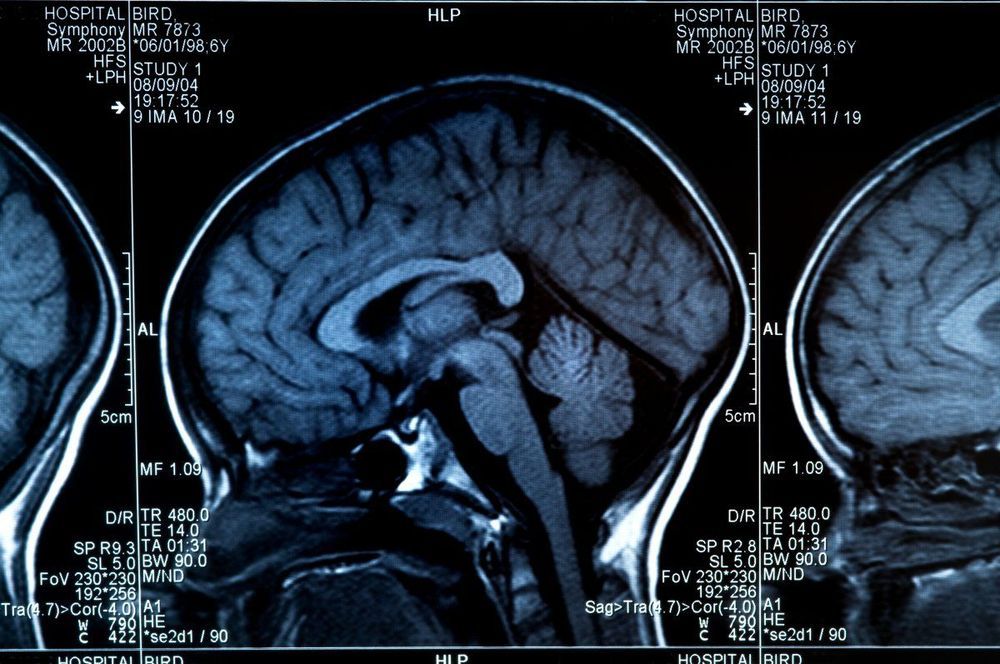The rise of cryptocurrency is changing the philanthropic world by causing the redistribution of wealth from old money to visionary innovators and early tech adopters. The new crypto rich invest their donations by supporting scientific research in groundbreaking fields that may one day enable humanity to cure aging, reverse death and completely change the relationship between work and income.
Also Read: How Does a Country Do an ICO? They Call It QE
Examining the record of donations made by the crypto rich reveals a pattern of support for goals that others may feel belong in the pages of science fiction novels. Having benefited greatly from recognizing the potential of peer to peer electronic cash earlier than the masses, it is no surprise that they have great optimism in the power of technology to radically change our lives for the better.







